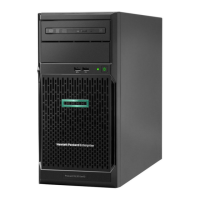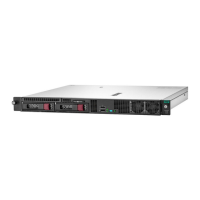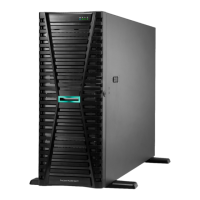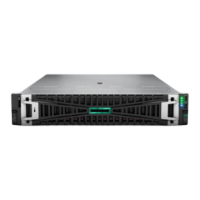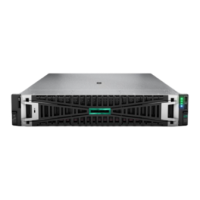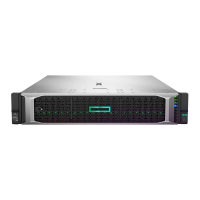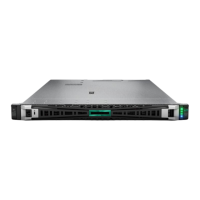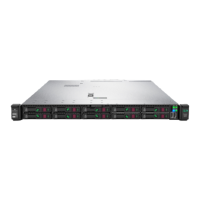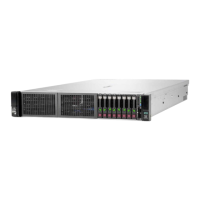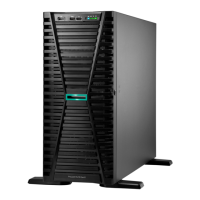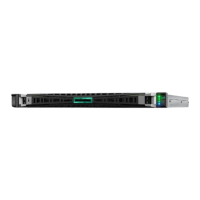NOTE: Boot from URL does not depend on the "DHCPv4" and "IPv6 Config Policy" settings.
Booting from an ISO file can involve only booting a preliminary OS environment image, such as
WinPE or a mini Linux, or a complete OS install image if the OS supports the HTTP Boot feature (Old
OS versions may not support booting from an ISO file or OS install image). Please check your OS
documentation for the HTTP Boot feature support.
More information
Pre-Boot Network Settings on page 83
Prerequisites for Boot from URL
When using the Boot from URL setting:
• Leave the boot mode set to UEFI Mode.
• A DHCP server must be available for the Boot from URL to work.
More information
Pre-Boot Network Settings on page 83
iSCSI Boot Configuration
NOTE: You can also configure iSCSI Boot settings using the RESTful Interface Tool. See the RESTful
Interface Tool documentation at http://www.hpe.com/info/restfulinterface/docs.
Adding an iSCSI initiator name
Use the iSCSI Initiator Name option to set a name for the iSCSI initiator using iSCSI Qualified Name
(IQN) format. EUI format is not supported. This option replaces the default name set for the initiator.
Procedure
1. From the System Utilities screen, select System Configuration > BIOS/Platform Configuration
(RBSU) > Network Options > iSCSI Boot Configuration > iSCSI Initiator Name.
2. Enter a unique name for the iSCSI initiator using iSCSI Qualified Name (IQN) format. For example:
iqn.2001–04.com.example:uefi-13021088
This setting is saved automatically.
Adding an iSCSI boot attempt
Procedure
1. From the System Utilities screen, select System Configuration > BIOS/Platform Configuration
(RBSU) > Network Options > iSCSI Boot Configuration > Add an iSCSI Boot Attempt.
A message appears stating that this boot attempt will not be in effect until the next server reboot.
2. Press Enter.
3. Select a port on which to attempt iSCSI connection.
4. Complete the configuration settings:
Prerequisites for Boot from URL 85

